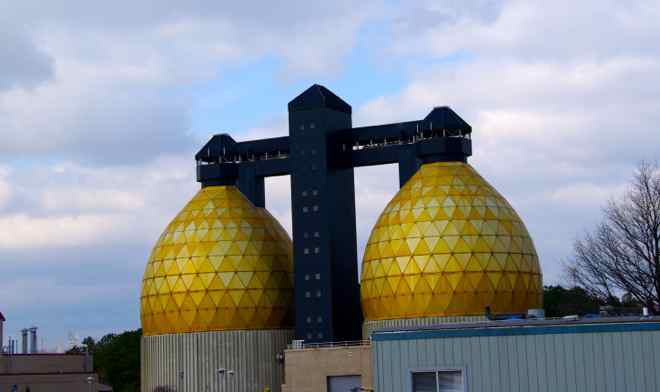Food waste is truly a global problem.
According to recent U.S. Department of Agriculture estimates, roughly 133 billion pounds of food from stores, restaurants, and homes is wasted in the U.S. each year.
In the U.K., up to 30 percent of vegetables never leave the farm because they don’t meet the aesthetic standards of supermarkets.
In Latin America, average food waste amounts to more than 200 kilograms per person per year.
Over 60 percent of the carbon footprint of food waste can be attributed to Asia and North Africa.
Australian consumers throw away up to 20 percent of all food that they buy.
With an annual value of approximately US$4 billion, 10-20 percent of Africa’s grain harvest is lost after the harvest – and that amount is enough to feed 48 million people.
The good news, however, is that in each of these regions, farmers are developing, scaling up, and incorporating innovations in infrastructure, technology, and farming practices that are reducing food waste on their farms – or using it to nourish their crops.
In sub-Saharan Africa, farmers are implementing both sophisticated and simple technologies to reduce post-harvest food waste, and keep food fresh and presentable for market. In Tanzania, a SEED-awarded project undertaken by Rift Valley Foods is using solar drying technologies to preserve produce through dehydration at low cost, allowing farmers to sell once time-sensitive produce when the market presents a better price. In Nigeria, a local teacher developed a simple evaporative cooler to reduce spoilage by preserving harvested crops at lower temperatures. And in Kenya, small metal silos without added pesticides experience crop losses of only 1.4 percent, compared with polypropylene bags with added pesticides that experience crop losses of 24 percent after six months.
In Asia, new research on best practices is helping small-scale farmers limit food loss and repurpose on-farm waste. In the Philippines, the use of plastic crates for transportation – instead of bags, sacks, and bamboo baskets – has been shown to prevent food loss during transport due to compression, puncture, and impact. In Central Asia, anaerobic digesters are creating a valuable fertilizer from decomposed organic waste. According to a publication by IEA Bioenergy, some 8 million small-scale digesters are being used in China, and 50,000 digesters are being used in rural communities in Nepal.
In Latin America, consumers’ food waste is being composted as fertilizer for local farms. Maria Rodriguez, an entrepreneur in Guatemala City, has helped women living near city dumps use earthworms to compost waste and sell it as fertilizer under her ByoEarth initiative. On her own farm, she uses pulp from coffee beans as feedstock for worms.
In Australia, the initiative SecondBite collects surplus food that is safe and edible from farmers to donate to community groups, which then distribute it to households. SecondBite has, to date, rescued nearly 8 million kilograms of food that would have been otherwise wasted.
In Europe, initiatives like Tristram Stuart’s Feeding the 5000 are helping farmers connect with food pantries to repurpose safe and nutritious, but “wonky”-looking, produce to nourish people in need. Volunteers visit farms to glean crops that don’t meet the aesthetic standards of produce buyers and supermarkets, so that they can be used for charity.
And in the United States, farmers are harnessing the power of social media to get unsold produce onto plates. In California, one farmer grew tired of discarding produce that came back from farmers markets and chose to advertise the leftovers on Facebook. The response was so enthusiastic, that the idea developed into a website called CropMobster, where farmers can connect with restaurants, hunger relief organizations, and other companies to make use of food that would otherwise be wasted.
Each of these initiatives and inventions are examples of innovative action that is helping farmers, eaters, and businesses contribute to a better food system.













